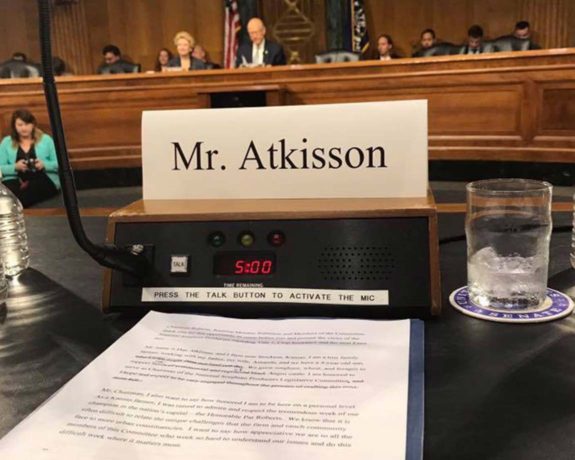
Working Tirelessly to Advance the Industry
National Sorghum Producers (NSP) was founded by producers who wanted to make an impact on the industry. The organization has done exactly that ever since, working tirelessly to create legislative and regulatory change for a more profitable, diverse and competitive sorghum industry.

